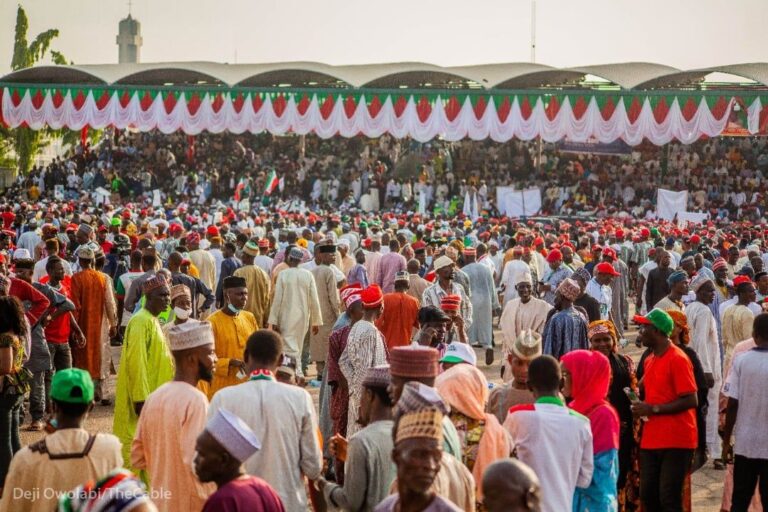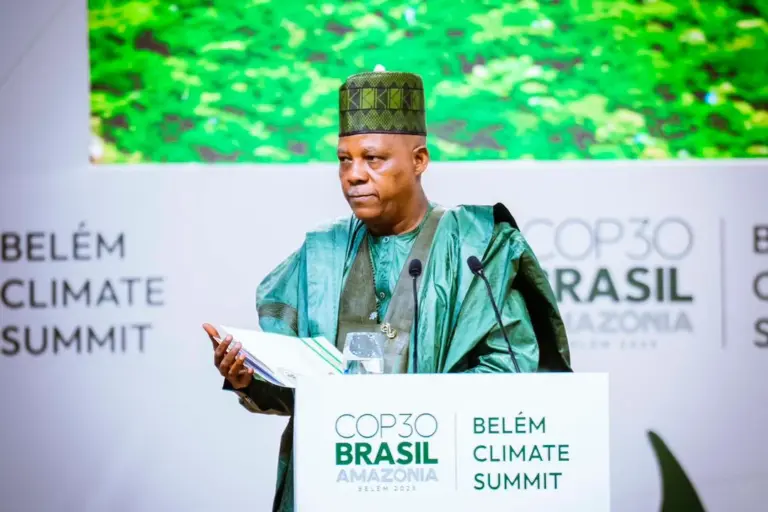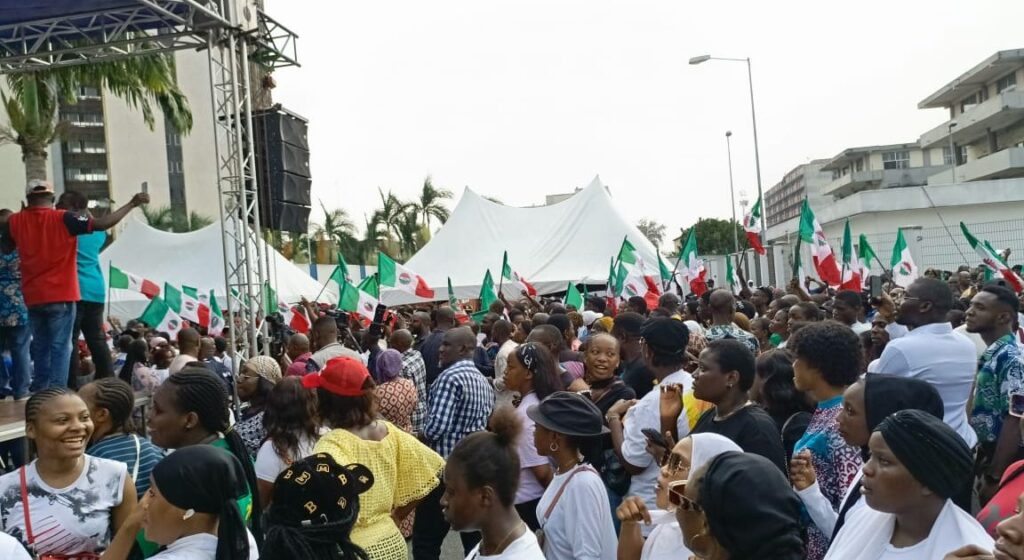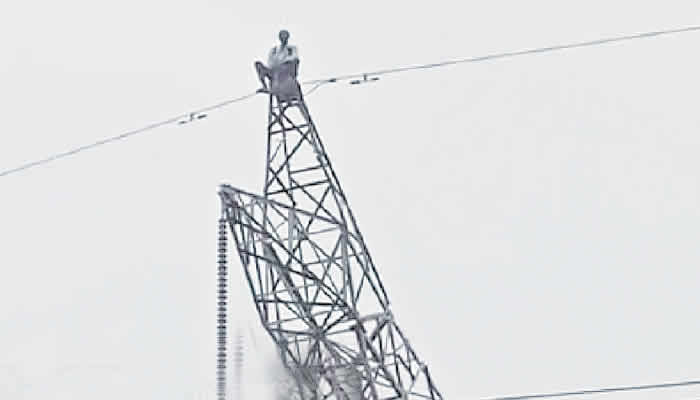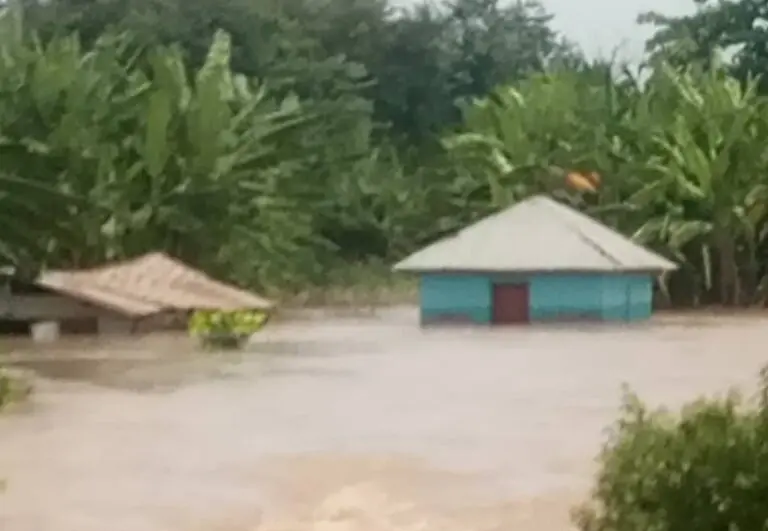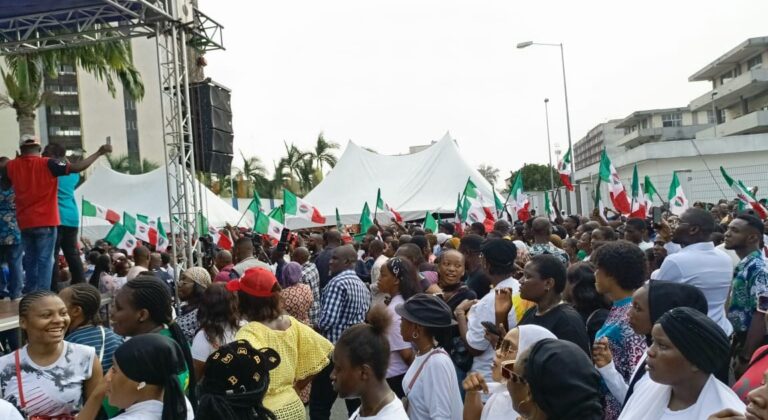A decade after Nigeria’s Presidential Projects Audit Committee (PPAC) warned that more than 11,000 government projects worth over ₦7.8 trillion had been abandoned across the country, a new multi-source analysis shows the situation has worsened dramatically — with current losses estimated at over ₦17 trillion when adjusted for inflation, cost overruns, and re-awarded contracts.
From uncompleted highways and housing estates to abandoned hospitals, power installations, and water schemes, the findings paint a grim picture of systemic waste that continues to drain national wealth and stall development.
According to data compiled from the Federal Ministry of Works, Bureau of Public Procurement (BPP), BudgIT’s Tracka platform, and independent audits by the Civil Society Legislative Advocacy Centre (CISLAC), Nigeria has spent decades launching projects that never reached completion — either due to poor planning, funding gaps, or contractor disputes.
S’East as Case Study
The South East provides one of the clearest illustrations of the problem. A recent investigation found that at least, ₦136.93 billion worth of federal road and infrastructure projects have been either abandoned or left incomplete in the zone.
When adjusted for inflation to 2024 values, this figure exceeds ₦504.27 billion — a sum greater than the combined annual capital budgets of the five South East states.
The affected projects span key federal highways such as the Onitsha–Enugu Expressway, Otuocha–Ibaji Federal Road, and the Enugu–Port Harcourt Dual Carriageway (Umuahia–Aba section). “When you aggregate the total value of uncompleted works and cost re-awards in the South East, you begin to see how abandoned projects translate into lost years of growth,” Dr. Chiwuike Uba, Development Economist said.
Sunday Telegraph reports that Enugu and Abia are worst affected, accounting for projects worth ₦44.3 billion and ₦51.3 billion respectively (₦400 billion combined in today’s value). Anambra follows with ₦41.25 billion.
National pattern of waste
Experts say what is happening in the South East mirrors a broader pattern across Nigeria’s six geopolitical zones.
A 2024 analysis by the Chartered Institute of Project Management of Nigeria (CIPMN) estimated that abandoned projects nationwide now represent about 20 per cent of Nigeria’s total public investment portfolio since 1999.
The Institute put the current financial implication at ₦17.23 trillion, citing factors such as: Policy discontinuity after changes in government; Poor feasibility studies and cost estimation; Non-release or diversion of approved funds; Repeated contract variations and re-awards; Weak project monitoring and absence of sanctions.
“Nigeria’s infrastructure challenge is not just underinvestment — it’s the tragedy of mismanaged investments,” says Engr. Emmanuel Eze, Fellow, Nigerian Society of Engineers. “We build, abandon, and rebuild the same projects every political cycle, losing billions in the process.”
Regional Disparities
While every region bears its share of the problem, data suggests concentration in sectors linked to transport and housing. North Central: Over ₦2.8 trillion in stalled road and irrigation projects.
North East: ₦1.9 trillion worth of delayed rehabilitation and reconstruction schemes. North West: ₦3.1 trillion in uncompleted works, including major expressways and power stations.
South West: ₦2.4 trillion, including federal housing estates and urban road contracts. South South: ₦3.3 trillion tied to coastal road, bridge, and water projects. South East: ₦136.93 billion in nominal value but over ₦500 billion in current replacement cost.
Policy Disconnect
Stakeholders argued that Nigeria’s budgeting framework which allows thousands of small, politicallydriven projects with limited funding was partly to blame. “Instead of completing ongoing works, budgets are littered with new project line items every year,” said Dr. Ifeoma Anadu, a public finance scholar at the University of Nigeria, Nsukka.
“This creates a cycle of ‘start-and-stop’ development, where nothing ever gets finished, but contractors and politicians benefit.” She urged the National Assembly to adopt a “completion-first rule” disallowing new capital projects until existing ones reach at least 80 per cent completion.
Human and Economic cost
The ripple effects are devastating: eroded investor confidence, poor logistics for trade, and rising poverty in regions dependent on federal infrastructure.
According to estimates by the Nigerian Economic Summit Group (NESG), uncompleted transport projects alone may have cost the economy over ₦3.2 trillion in lost productivity between 2015 and 2024.
“When you add the social cost — broken supply chains, job losses, travel delays — the real loss is far beyond the contract sum,” says Ayo Onanuga, Infrastructure Policy Analyst.
Accountability and the way forward
Civil society coalitions including BudgIT, PPDC, and SERAP have called for a public project dashboard showing contract sums, releases, and completion levels by state.
They also advocate digital tracking systems tied to Treasury disbursements, ensuring that payments correspond to verifiable physical progress.
The Federal Government, in its 2025 Medium-Term Expenditure Framework (MTEF), pledged to establish a National Project Performance and Reporting Portal (NPPRP), but implementation remains pending.
Until then, the ₦17 trillion figure stands as a national monument to inefficiency and the South East’s ₦136.93 billion share serves as a stark reminder of the human cost of abandoned development.


